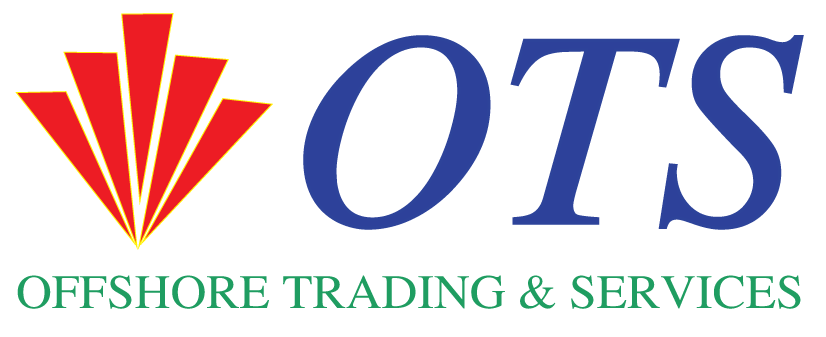**Aker BP Achieves Milestone with First Oil Production at Tyrving Field in Alvheim Area**
Aker BP has successfully reached the landmark of first oil production from the Tyrving field, situated in the Alvheim area offshore Norway. This significant achievement is part of the company’s broader strategy to extend the operational lifetime of the Alvheim field, thereby increasing production while significantly reducing both unit costs and carbon emissions per barrel. The milestone was announced on September 3, 2024.
**Key Developments in Tyrving Field Development**
The Tyrving field development involves the establishment of three wells and two new subsea installations, known as manifolds, which are strategically tied back to existing infrastructure at East Kameleon and further connected to the Alvheim Floating Production, Storage, and Offloading (FPSO) unit. This innovative setup allows for efficient oil offloading to shuttle tankers, thereby optimizing operational efficiency and reducing logistics complexities.
**Operational Highlights and Environmental Impact**
Aker BP is the leading operator of the Tyrving field, owning a 61.3% stake. The company shares this project with Petoro AS (26.84%) and PGNiG Upstream Norway AS (11.9%). The recoverable resources in the Tyrving field are estimated at approximately 25 million barrels of oil equivalent (MMboe).
One of the standout features of this development is its commitment to environmental sustainability. The Tyrving field is designed to operate with exceptionally low emissions, which are estimated to be just 0.3 kilograms of carbon dioxide (CO2) per barrel. This substantial reduction in emissions underscores Aker BP’s dedication to minimizing its environmental footprint while maintaining operational efficiency.
**Strategic Alignment and Future Goals**
The initiation of oil production at Tyrving field aligns perfectly with Aker BP’s strategic objectives to enhance local production capacity and reduce environmental impact. By leveraging existing infrastructure, Aker BP has managed to optimize both economic and environmental performance. The company’s broader
